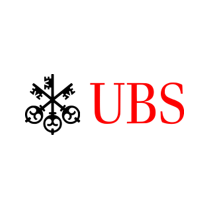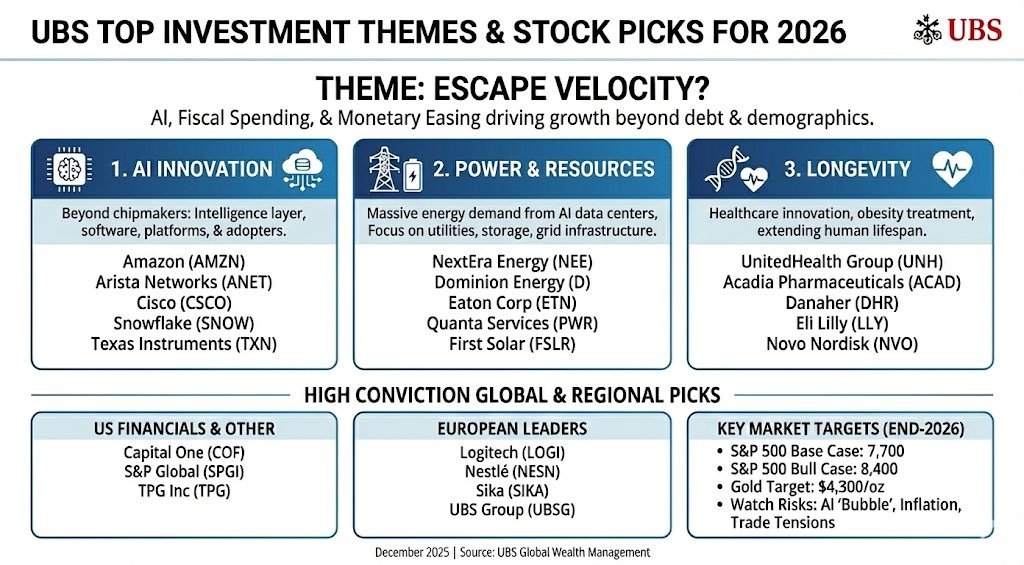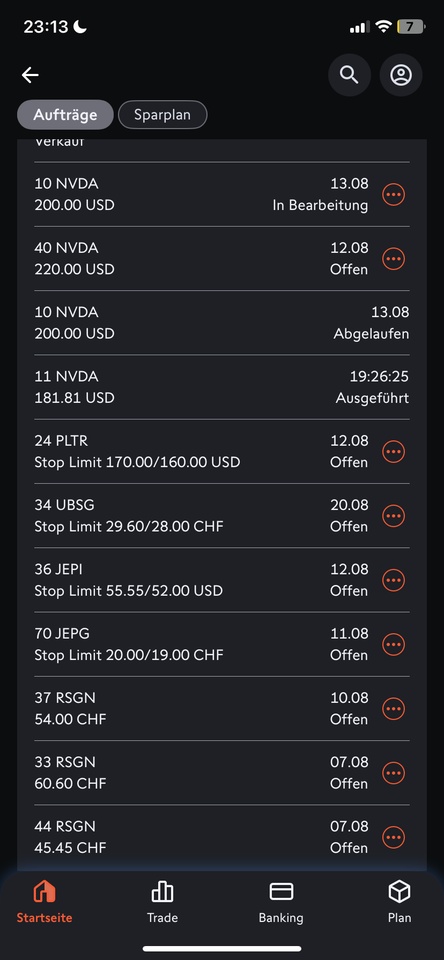The regulatory hurdles can be overcome. The market assessment should focus more on the operational execution of the integration. This offers opportunities for investors.
Article from FuW, supplemented by own commentary at the end.
The price targets for $UBSG (-0,1%) drift far apart. The Analysten kommen auf keinen gemeinsamen Nennerhow the major Swiss bank can be reasonably valued. The pessimists see lows of close to CHF 20, while the optimists expect almost double that. This is mainly due to the differing expectations regarding the bank's future capital requirements.
Also im Aktienkurs spiegelt sich diese Unsicherheit. And this has been the case for April des letzten Jahres. The Federal Council then presented its regulatory plans to the public for the first time. A concrete figure followed in June of this year: 26 Mrd. $, so viel Kapital soll UBS aufbauen, to become crisis-proof. The proposal still has to go through parliament. There will be no final clarity until 2028.
Convincing implementation strength
The market is currently pricing in a high probability of a negative outcome on the regulatory front. This is indicated by the current valuation with a price-to-book ratio (P/B) of around 1.1. Compared to the closest comparable value, the valuation discount is more than 50%: The major US bank Morgan Stanley ($MS (-0,36%) ) is trading at a P/B ratio of over 2.3. In Europe, the most profitable major banks such as Nordea ($NDA FI (+0,09%) ), UniCredit ($UCG (-0,01%) ) and Intesa Sanpaolo ($ISP (+0,05%) ) are trading at 1.5, 1.4 and 1.3 respectively.
The uncertainty discount for UBS is too large. The integration of Credit Suisse is on track and value is being released on an ongoing basis. The progress already made is still not being sufficiently rewarded by the market. So far, management has been able to keep or exceed its promises. The strength of implementation is convincing. Cost synergies are being realized faster than planned, the Non-Core and Legacy unit is being efficiently wound down and the core businesses, such as Global Wealth Management, are flourishing.
For the courageous investor, the undervaluation is an opportunity. It opens up an attractive entry point, especially if you put the current share price in relation to the expected earnings per share for the future, before a Neubewertung nach Abschluss der Integration follows. This should be achieved by the end of 2026.
Titan is in the making
The UBS share now offers investors an asymmetrical risk/reward profile: the upside potential if the integration succeeds appears to be significantly greater than the downside risk. In terms of regulation, the worst-case scenario is known. Things can only get better for the big bank in the political process.
While waiting for clarification on the regulatory issue, the market should focus on the operational execution of the integration. UBS is forging a global champion - a titan is in the making. The bank's next quarterly reports will provide important clues on profitability and net new money. How it weiterhin Aktionärswert schaffen wants, UBS could communicate.
-------
Own opinion:
I hold $UBSG (-0,1%) mainly because of the solid dividend policy, which is targeted in the medium term, and the general confidence in the Swiss financial center. There is enough time until 2028 not only to digest the regulatory requirements, but also to support them politically. In my opinion, the market is currently underestimating how much scope there is for strategic fine-tuning and targeted lobbying during this period.
As long as the integration continues as before in operational terms, I believe the potential for setbacks is limited - and investors' patience could pay off. In addition, I am in personal contact with a person who is involved in the integration and reports more success than failure. If the spin-off of the small loan business (consumer credit) is also successful, this will also free up short-term capital.
I hold - 674 shares at an average price of CHF 14.01.
------
















